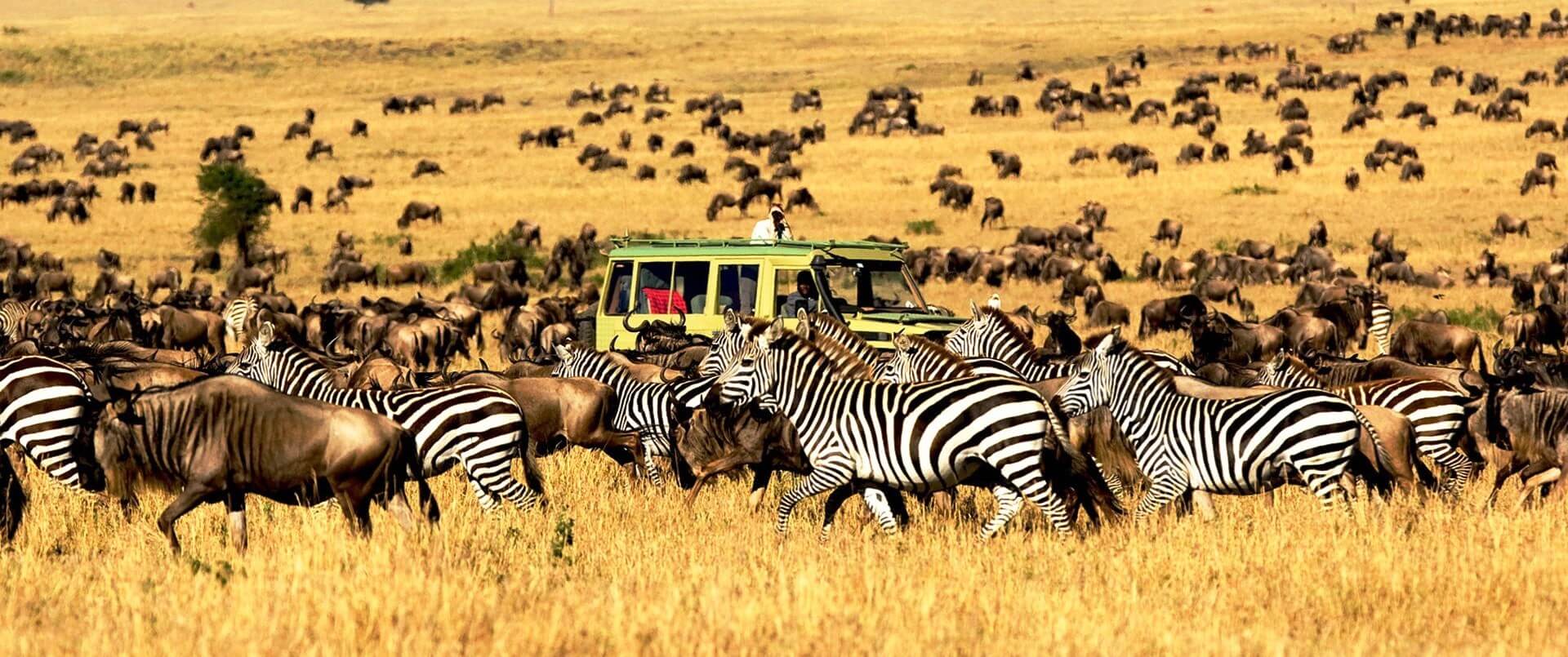
Serengeti National Park
Serengeti National Park is Africa's greatest wildlife spectacle, home to the annual migration of 2+ million wildebeest and exceptional year-round wildlife viewing across endless plains.
national park
About Serengeti National Park
Serengeti National Park is one of Africa's most iconic and largest national parks, spanning 14,763 square kilometers across northern Tanzania. This vast wilderness is renowned worldwide as the stage for the greatest wildlife spectacle on Earth—the annual Great Migration of over 2 million wildebeest, zebra, and gazelle that traverse an 800-kilometer loop across the Mara-Serengeti ecosystem. The park's immense landscape is simply stunning, featuring endless grassland plains punctuated with distinctive rocky outcrops called koppies, particularly in the southeast. The Western Corridor follows the Grumeti and Mbalageti Rivers toward Lake Victoria, while the Lobo Hills area is characterized by massive granite boulders. The Mara River in the north sets the scene for the infamous and dramatic river crossings during the migration. Beyond the migration, Serengeti maintains an incredible abundance and diversity of wildlife throughout the year, making it a premier destination for wildlife viewing. The park supports the Big Five (lion, leopard, elephant, buffalo, and occasionally black rhino), along with giraffe, cheetah, spotted hyena, black-backed jackal, warthog, and numerous antelope species. The Grumeti and Mara Rivers are home to hippopotamuses and massive crocodiles known for their feeding frenzies during the wildebeest crossings. The Serengeti's sheer density of animals and diverse landscapes create an authentic African wilderness experience that few other parks can match.
Wildlife to See
Flora & Vegetation
Activities & Experiences
Landscape & Terrain
Serengeti features vast grassland plains with scattered flat-topped acacia trees, rocky outcrops (koppies) in the southeast, granite boulders in the Lobo Hills, river valleys in the Western Corridor, and the dramatic Mara River gorge in the north. The landscape is characterized by endless horizons and authentic African wilderness.
Conservation Efforts
Serengeti National Park is actively managed for wildlife conservation with ongoing efforts to protect habitats, monitor populations, and maintain ecosystem health. The park is part of the larger Mara-Serengeti ecosystem and works with regional partners for conservation. Research and anti-poaching initiatives are key conservation activities.
Local Communities
The Serengeti region is home to the Maasai people, traditional pastoralists with deep cultural connections to the land. Local communities coexist with the park, and cultural visits to Maasai villages can be arranged. Tourism provides economic benefits to local populations.
Photography Tips
Best light for photography is early morning and late afternoon. Bring telephoto lenses for wildlife. The vast landscapes offer excellent opportunities for wide-angle shots. Migration river crossings provide dramatic action photography. Consider a hot-air balloon safari for unique aerial perspectives. Dust can be an issue during dry season.
Safari Packages (16)
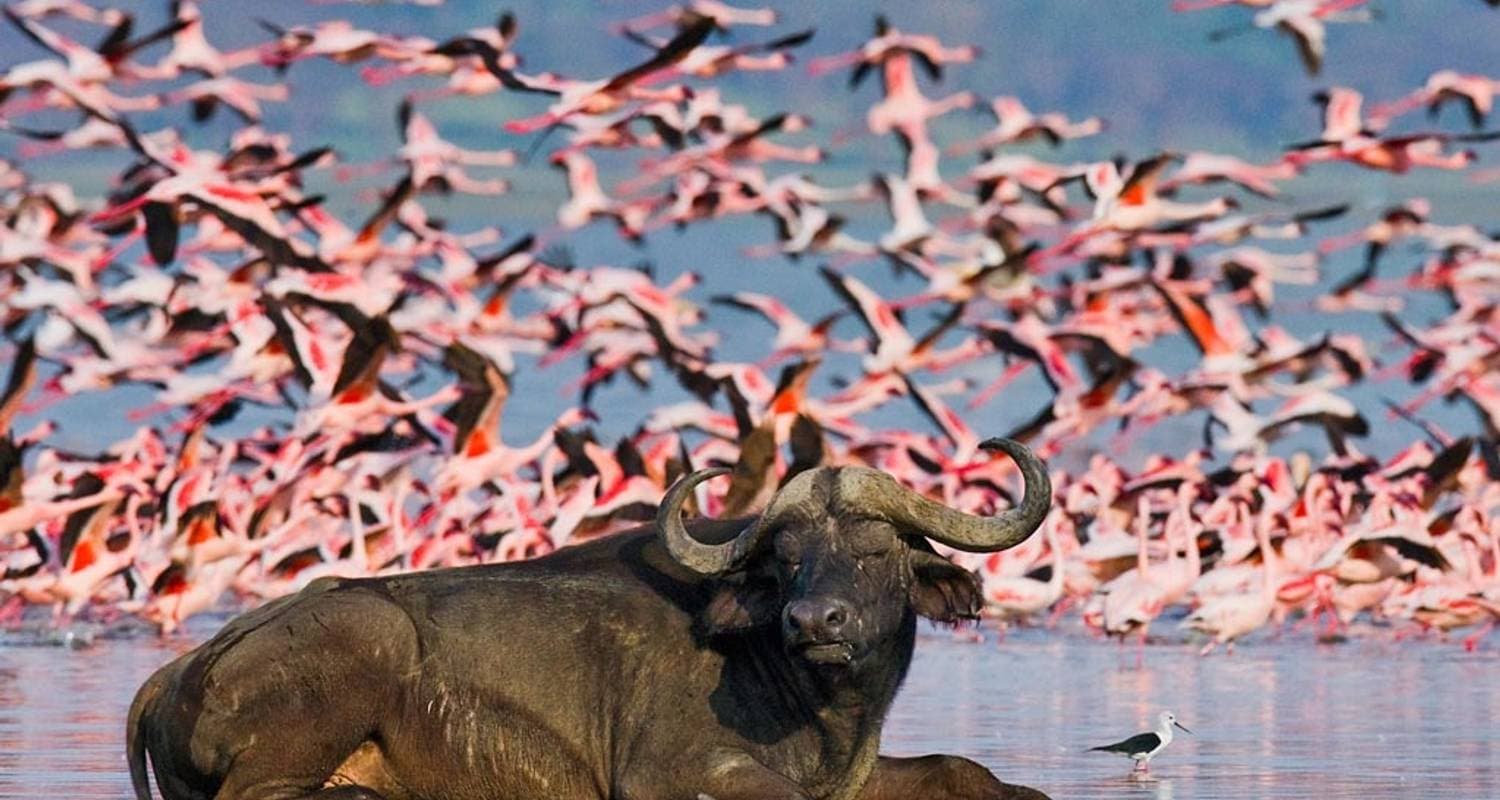
13-Days Kenya-Tanzania Explorer: 13-Day Dual Nation Safari
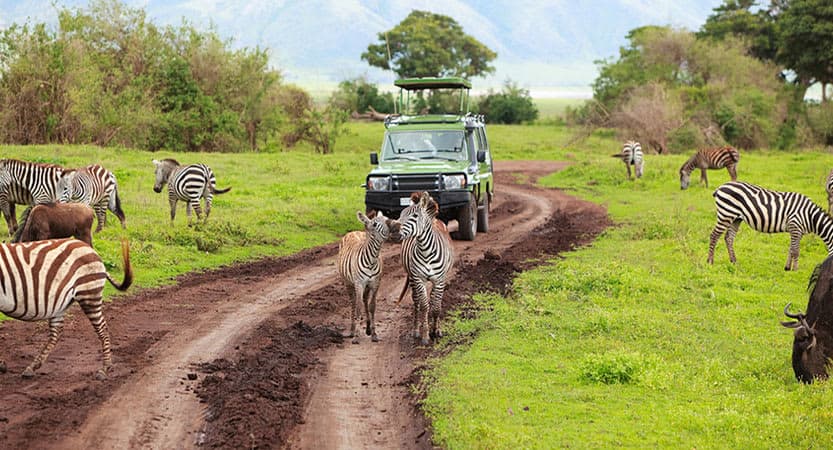
12-Days Tanzania's Golden Circle Wildlife Expedition

7-Days Tanzania's Greatest Wildlife Adventure

5-Days Northern Tanzania Wildlife Explorer Safari

10-Days Tanzania's Greatest Wildlife & Beach Escape

10-Days Tanzania's Greatest Wildlife and Beach Escape
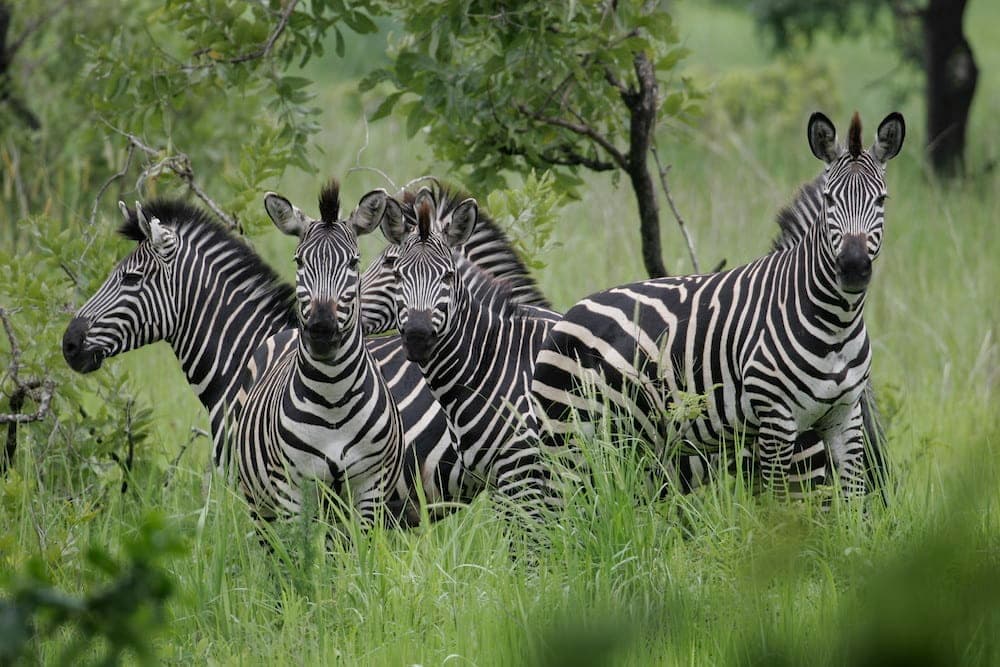
12-Days Tanzania's Ultimate Wildlife & Beach Escape
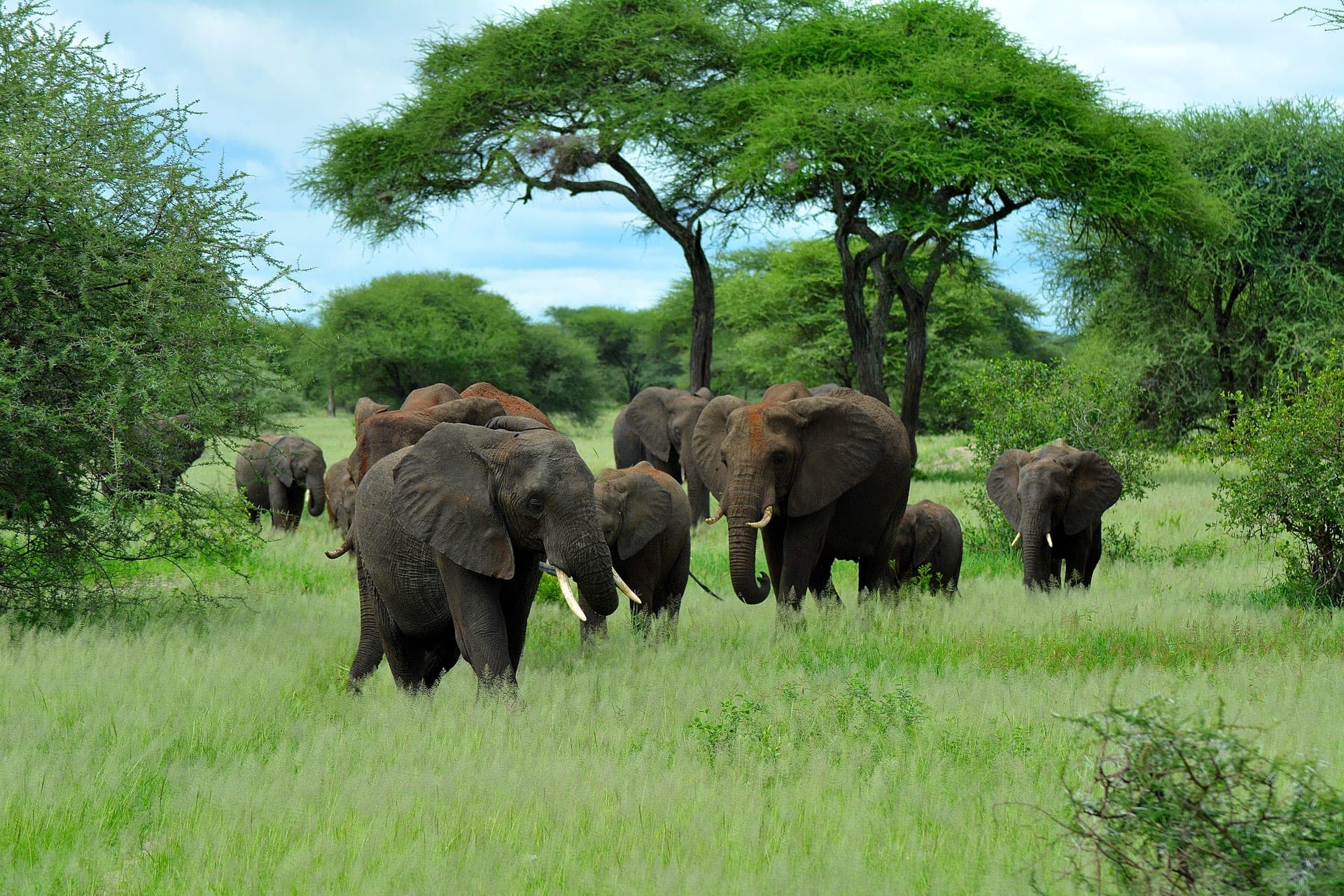
5-Days Tanzania's Ultimate Big Five Experience
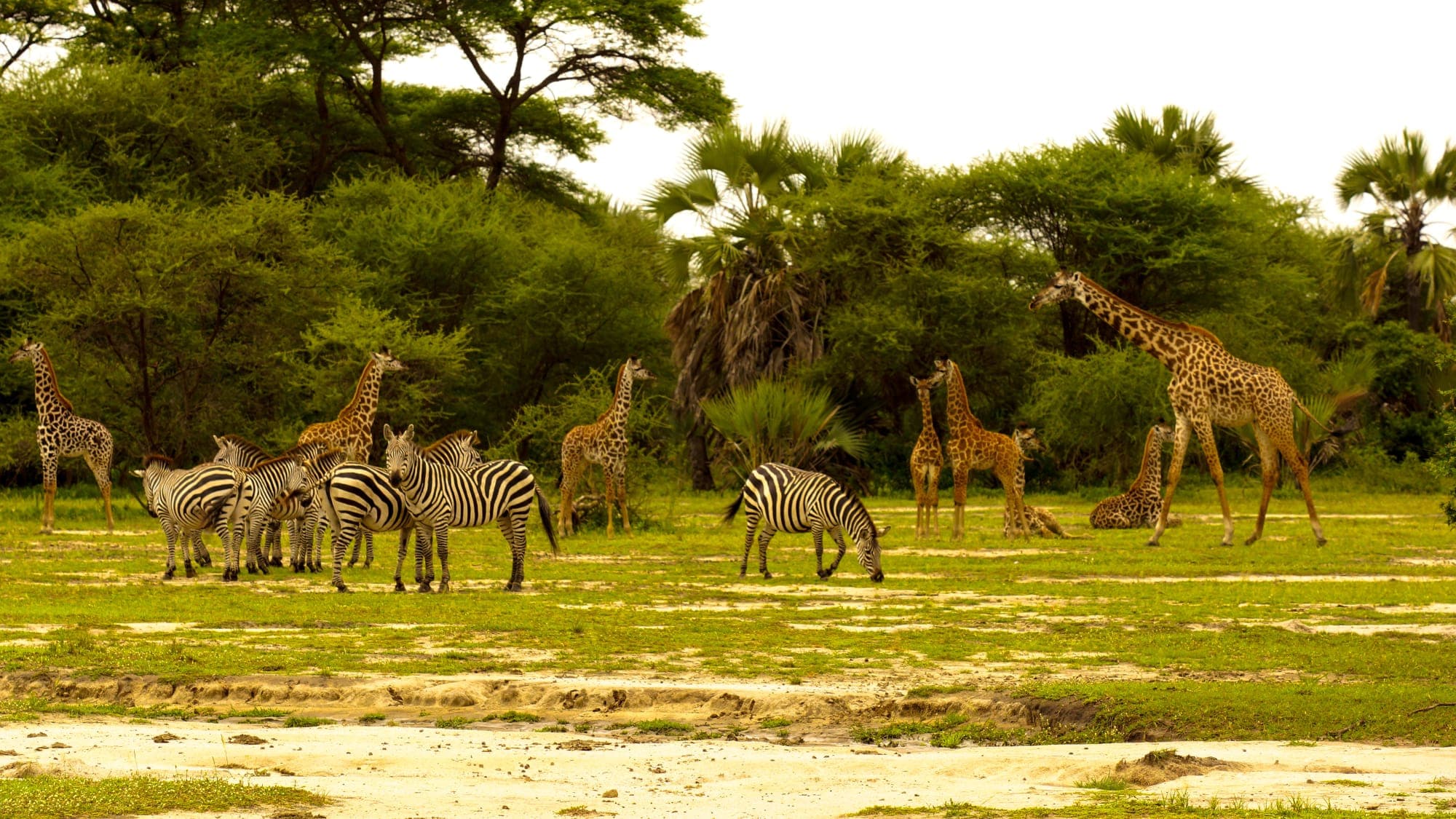
6-Days Classic Tanzania Wildlife Explorer
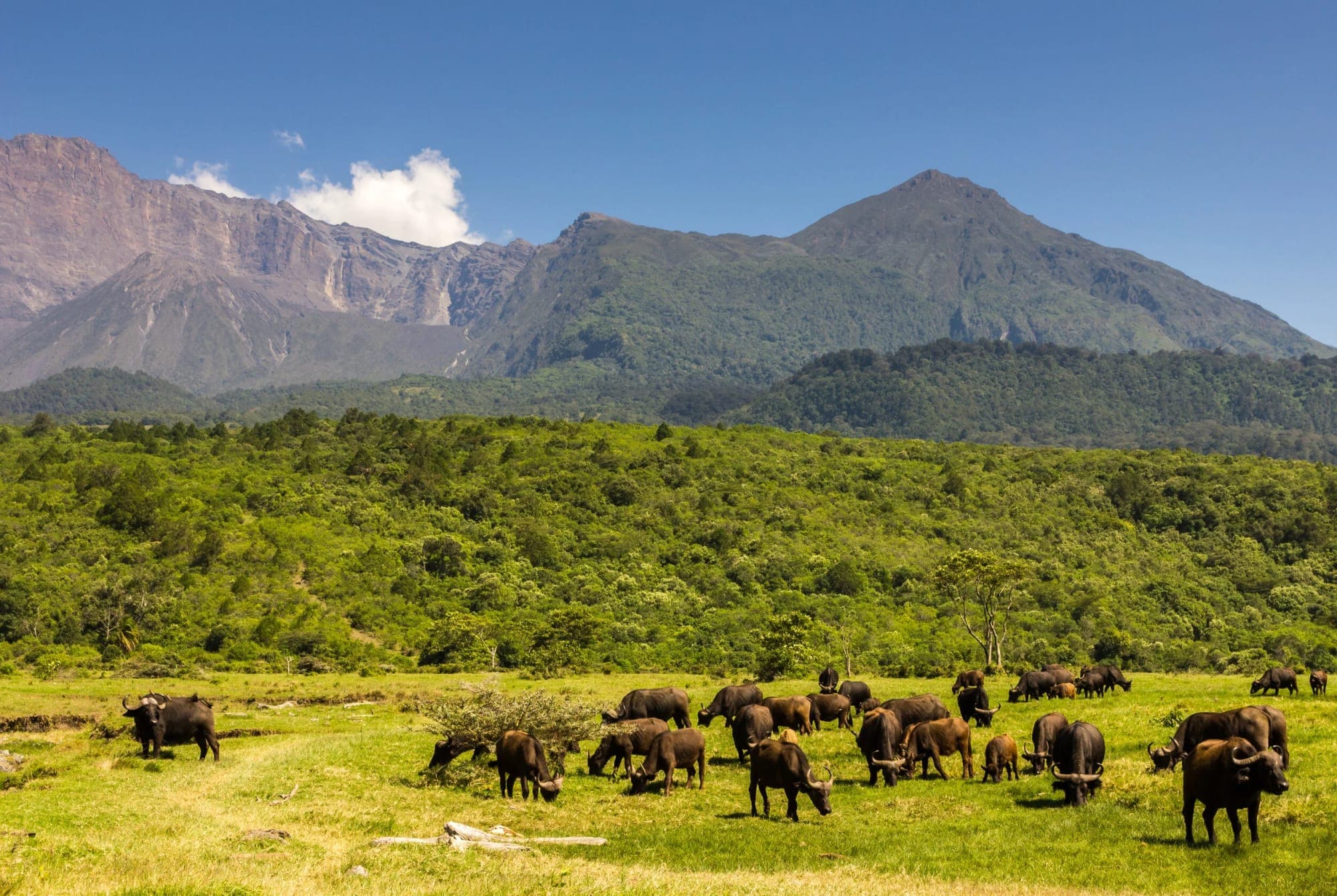
12-Days Ultimate Tanzania Wildlife & Culture Explorer
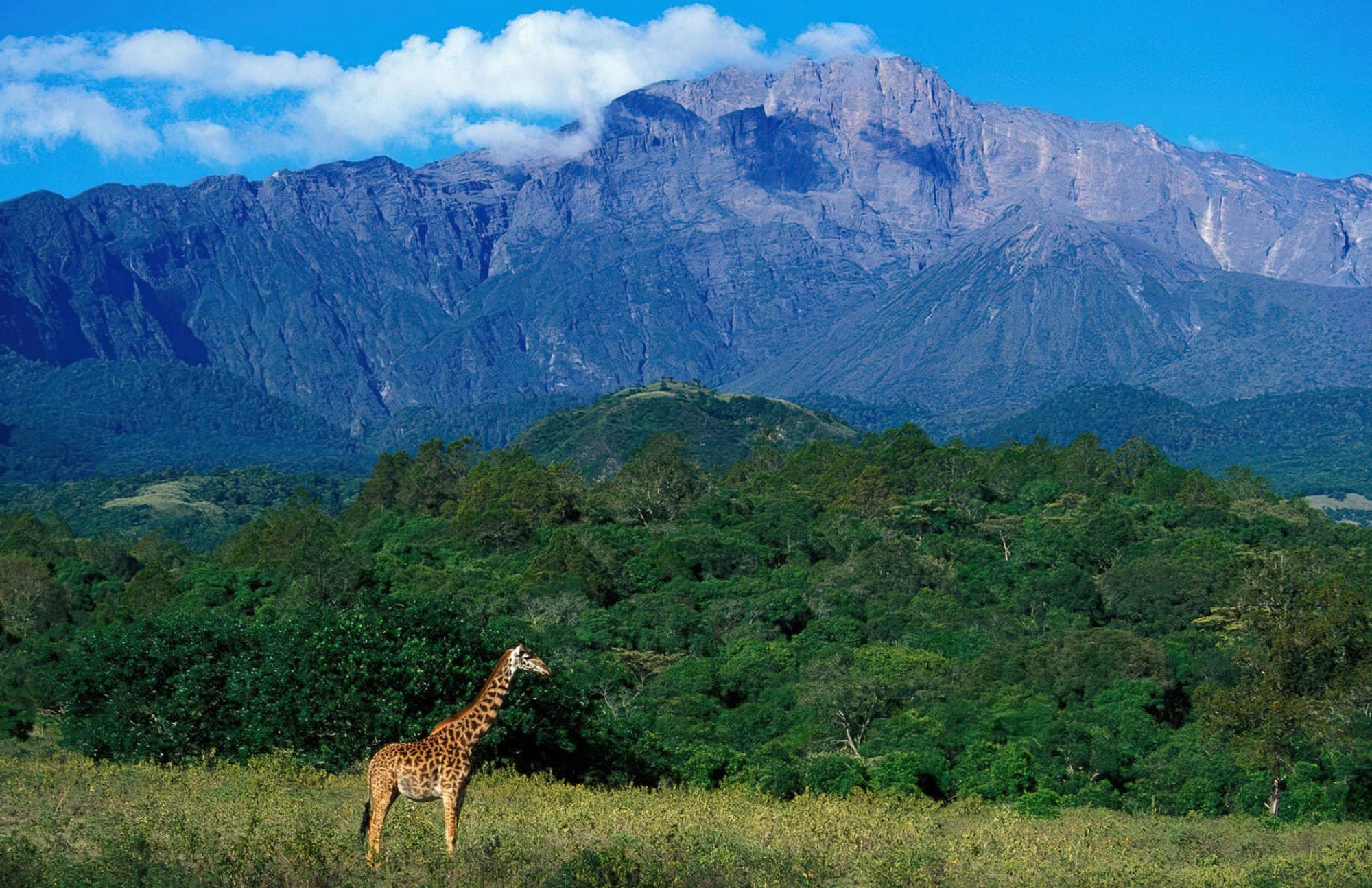
14-Days Ultimate Tanzania Safari & Zanzibar Escape
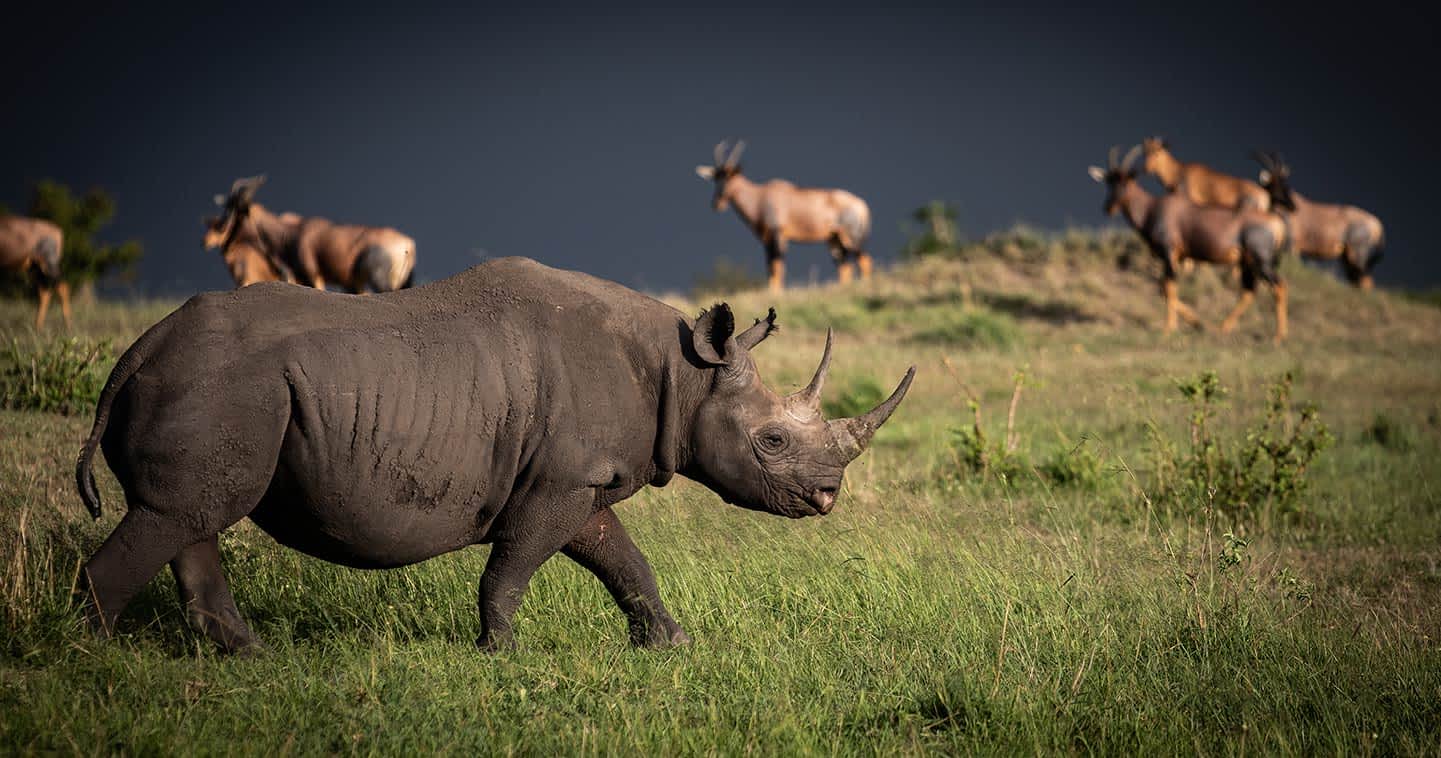
7-Days Maasai Heartland: Serengeti & Ngorongoro Adventure

10-Days Ultimate Tanzania Safari & Zanzibar Escape
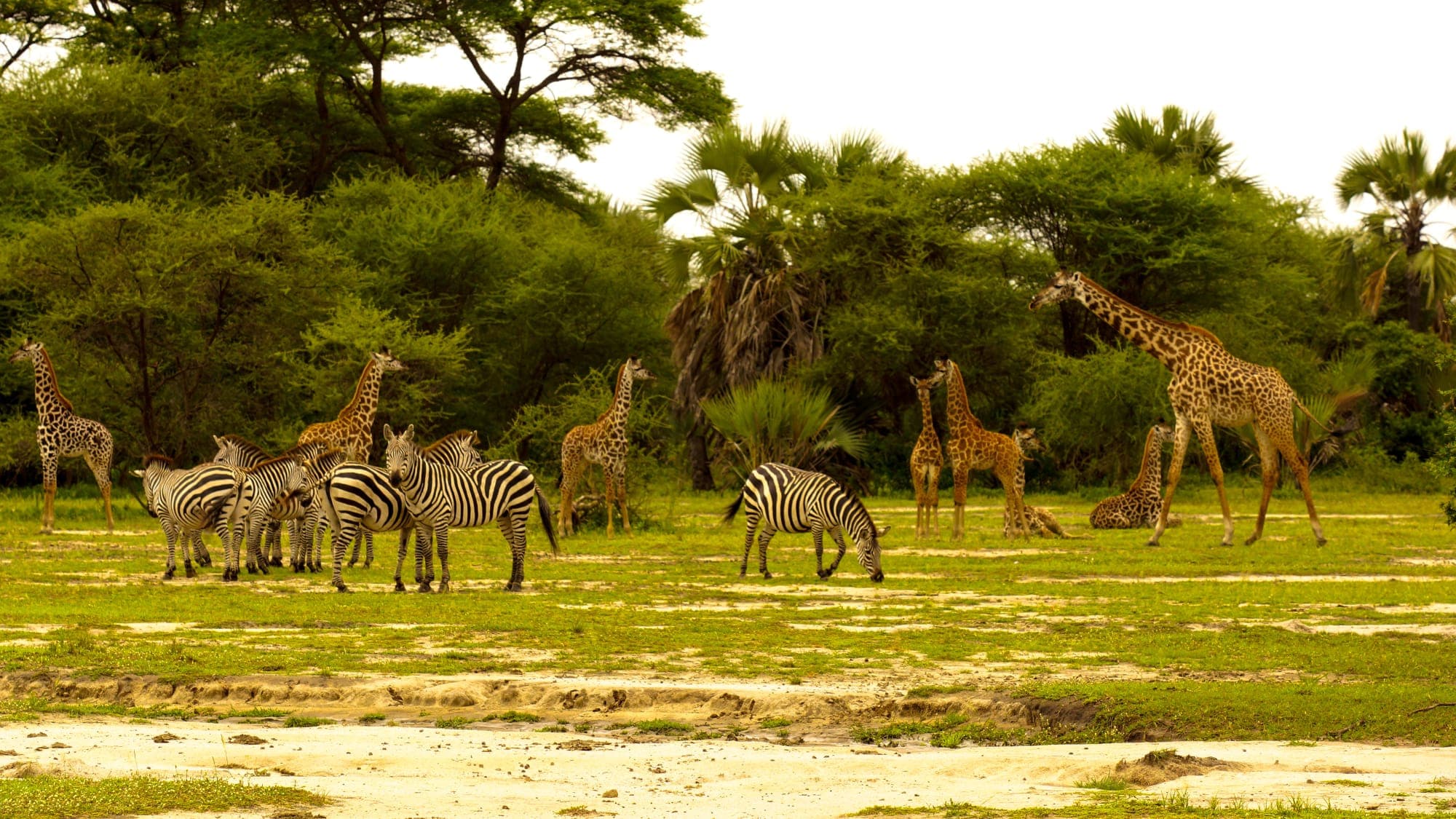
8-Days Ultimate Tanzania Wildlife Safari Experience
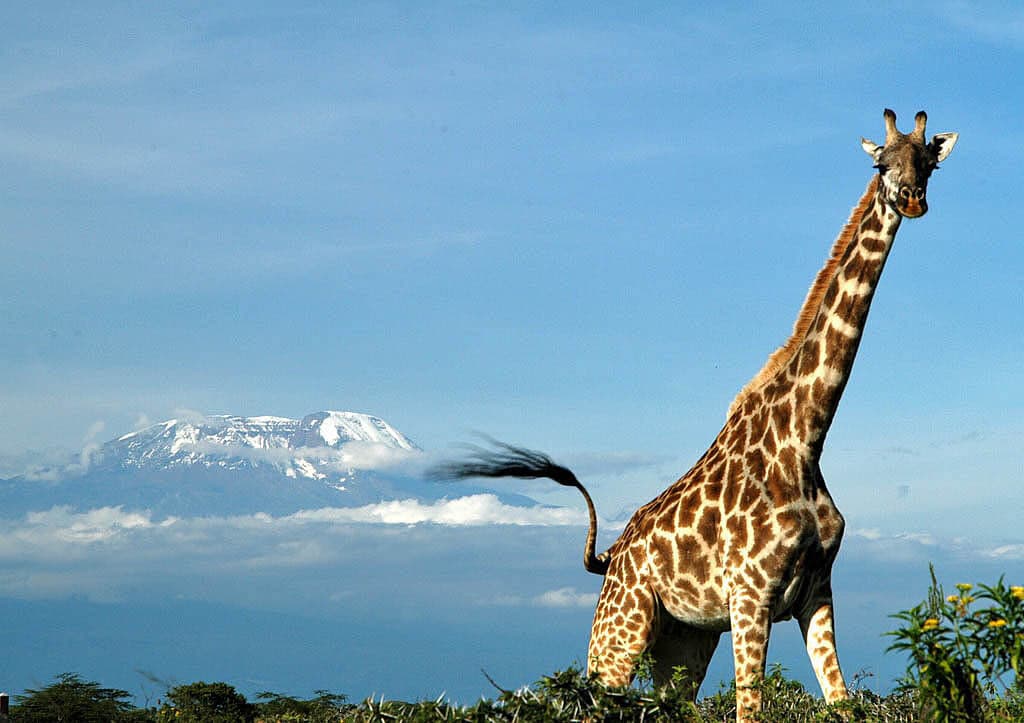
14-Days Ultimate Tanzania: Mountains, Crater & Zanzibar

7-Days Ultimate Tanzania Safari Adventure
Quick Information
Established
1951
Size
14,763 km²
Elevation
1,140 meters
Recommended Duration
4 days
Entry Fee
$60 USD
Average Cost/Day
$250 USD
Best Time to Visit
The Serengeti can be visited year-round, but different areas are best at different times. January-February is ideal for wildebeest calving in the Ndutu area. June-July sees the migration in the Western Corridor near the Grumeti River. August-September offers the best chances for witnessing the dramatic Mara River crossings. The dry season (June-October) provides excellent wildlife viewing as animals congregate near water sources. November-April is best for birding when migratory species arrive.
Getting There
Fly from Arusha or other Tanzanian parks to Serengeti airstrips via small aircraft, or drive from Arusha (5-6 hours). Most visitors fly to maximize time in the park. Road access is possible but time-consuming.
Nearest Airport: Serengeti airstrips (Seronera, Kogatende, Grumeti); nearest major airport is Kilimanjaro International Airport (KIA) near Arusha
Nearest Town: Arusha (approximately 5-6 hours drive away)
Accommodation Options
Conservation Status
Protected national park with ongoing conservation efforts to maintain wildlife populations and ecosystem health
Start Planning Your Visit
Compare packages from verified operators and find the perfect safari experience